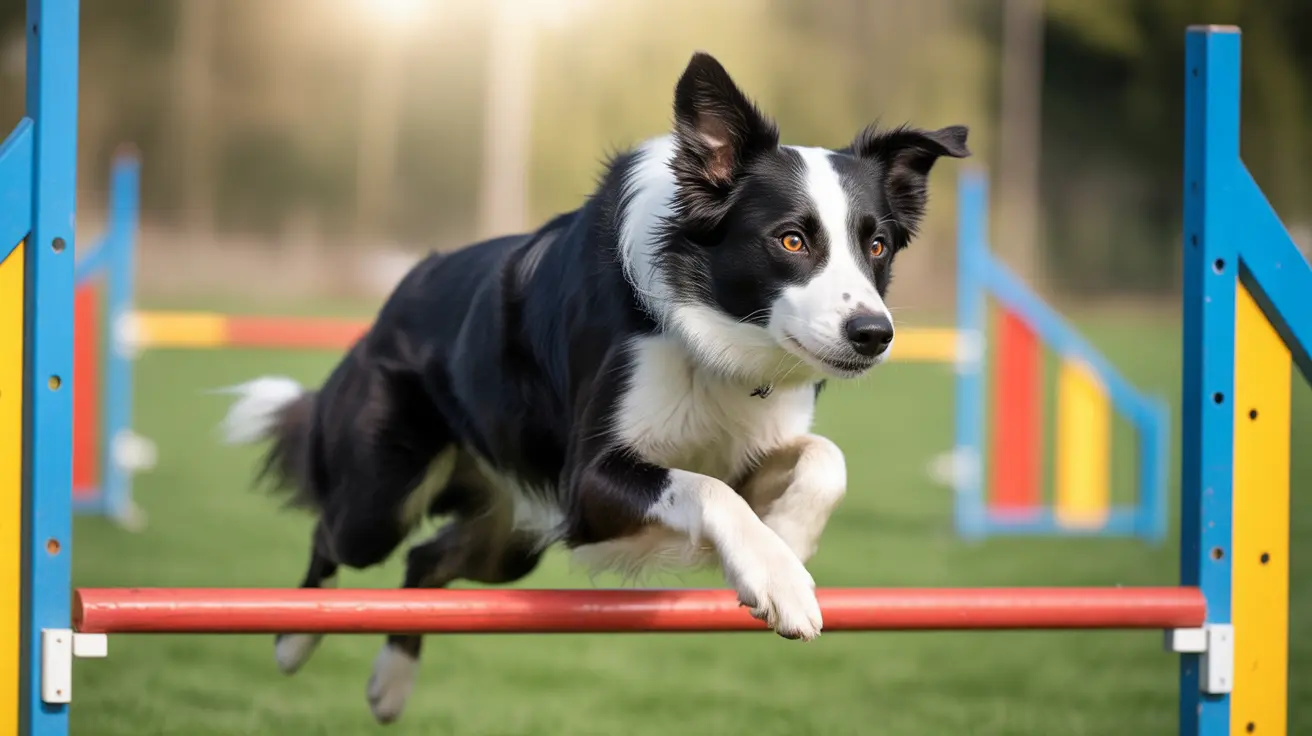Understanding the 7-7-7 Rule for Dogs: Helping Pets Adjust to Their New Homes
The 7-7-7 rule for dogs is a widely recommended guideline intended to help pet owners and adopters understand the typical adjustment phases a dog experiences after arriving in a new home. Each '7' represents a crucial period in the transition where dogs undergo emotional and behavioral changes as they adapt to their new environments. This approach emphasizes patience, empathy, and structure to build a strong, trusting relationship between you and your dog.
What Does the 7-7-7 Rule Mean?
- 7 Days to Decompress: In the first week, dogs need time to release stress from the shelter, transport, or previous living situation. They may be anxious, withdrawn, sleepy, or overly alert. This is not the time to overwhelm them with visitors or activities but rather to offer a calm, predictable space.
- 7 Weeks to Learn a Routine: Over the next month and a half, dogs start understanding household rules, schedules, and boundaries. Positive reinforcement, consistency, and gentle correction help establish structure during this vital stage.
- 7 Months to Settle In: By about the seven-month mark, most dogs feel secure and fully adjusted to their environment. Their true personality often begins to emerge, and they are typically bonded with their families.
The Importance of Decompression
Decompression is a critical concept in dog adoption. During their first 7 days, dogs might exhibit unpredictable behavior—not because they are “bad,” but because they are overwhelmed. It’s essential to minimize stimulation and avoid excessive engagement while still providing essential needs such as food, water, potty breaks, and a quiet, safe resting area.
Establishing Routine in the First 7 Weeks
Structure and routine offer dogs security. Over the next 7 weeks, introduce the dog to house training, daily walking, crate training (if used), and consistent mealtimes. Use positive reinforcement techniques to reward desirable behaviors rather than punish mistakes. Relationship-building through interactive play, cuddles (if the dog enjoys them), and gentle discipline helps build trust.
Settling in Over 7 Months
By the seventh month, most dogs that were properly supported begin to feel truly at home. This is when confidence grows, and behavior stabilizes. It’s also a time when lingering issues, such as separation anxiety or reactivity, might surface as the dog becomes more comfortable expressing itself. Continued training and socialization, and possibly the help of a professional behaviorist, may be beneficial during this phase.
Common Challenges During Each Phase
- Weeks 1–2: Shyness, hiding, fear-based reactions, or excessive sleeping
- Weeks 3–7: Boundary testing, accidents, beginning to bond or show personality
- Months 2–7: Confidence growing, full energy and personality emerge, possible signs of behavioral issues
Tips to Support Your Dog Through the 7-7-7 Stages
- Be patient and gentle; avoid punishment for fear-based behavior or accidents
- Give the dog space especially in the first week, but allow supervised interaction if the dog seeks it
- Use positive reinforcement when training new routines or behaviors
- Provide a consistent schedule for feeding, walks, and bedtime
- Observe your dog’s body language and respect their comfort levels
- Consult a veterinarian or trainer if behavioral or health issues arise
Why the 7-7-7 Rule Matters
Too often, dogs are returned to shelters because adopters expect immediate obedience and affection. But dogs, like people, need time to form bonds and feel safe. The 7-7-7 rule helps set realistic expectations and sets adopters up for success by providing guidance on patience and understanding.
Every dog is different. Some may need more time, while others adjust quickly. The 7-7-7 guideline is simply a helpful framework. With love, routine, and positive experiences, most dogs thrive in their new homes, developing into cherished companions for life.





